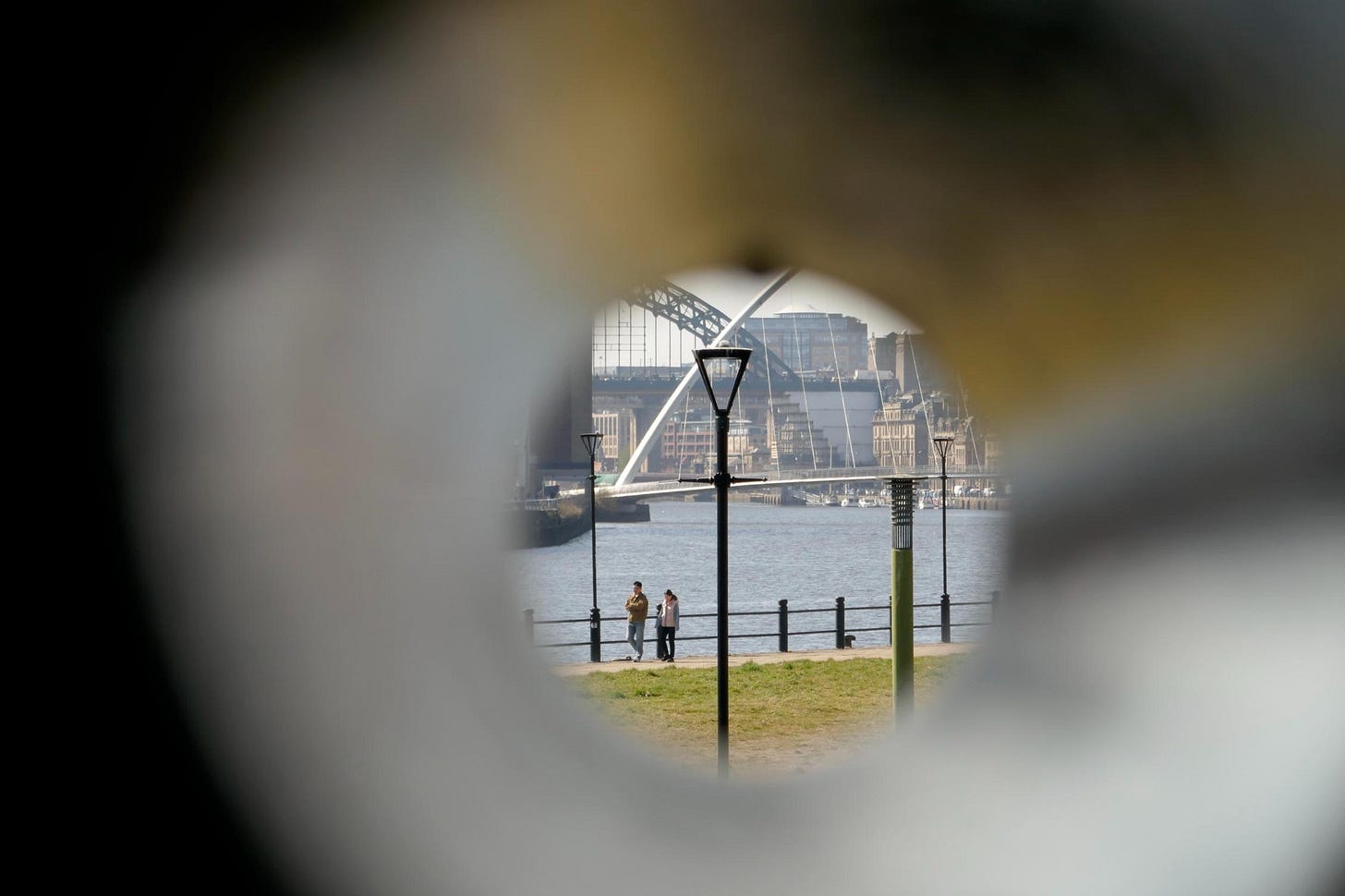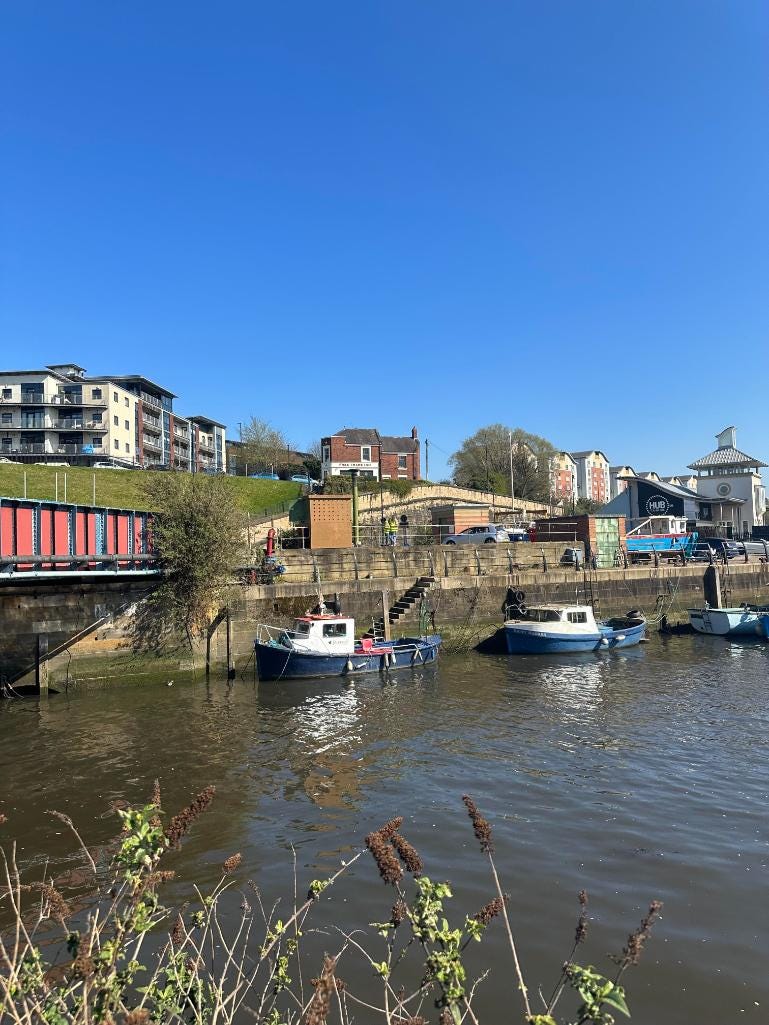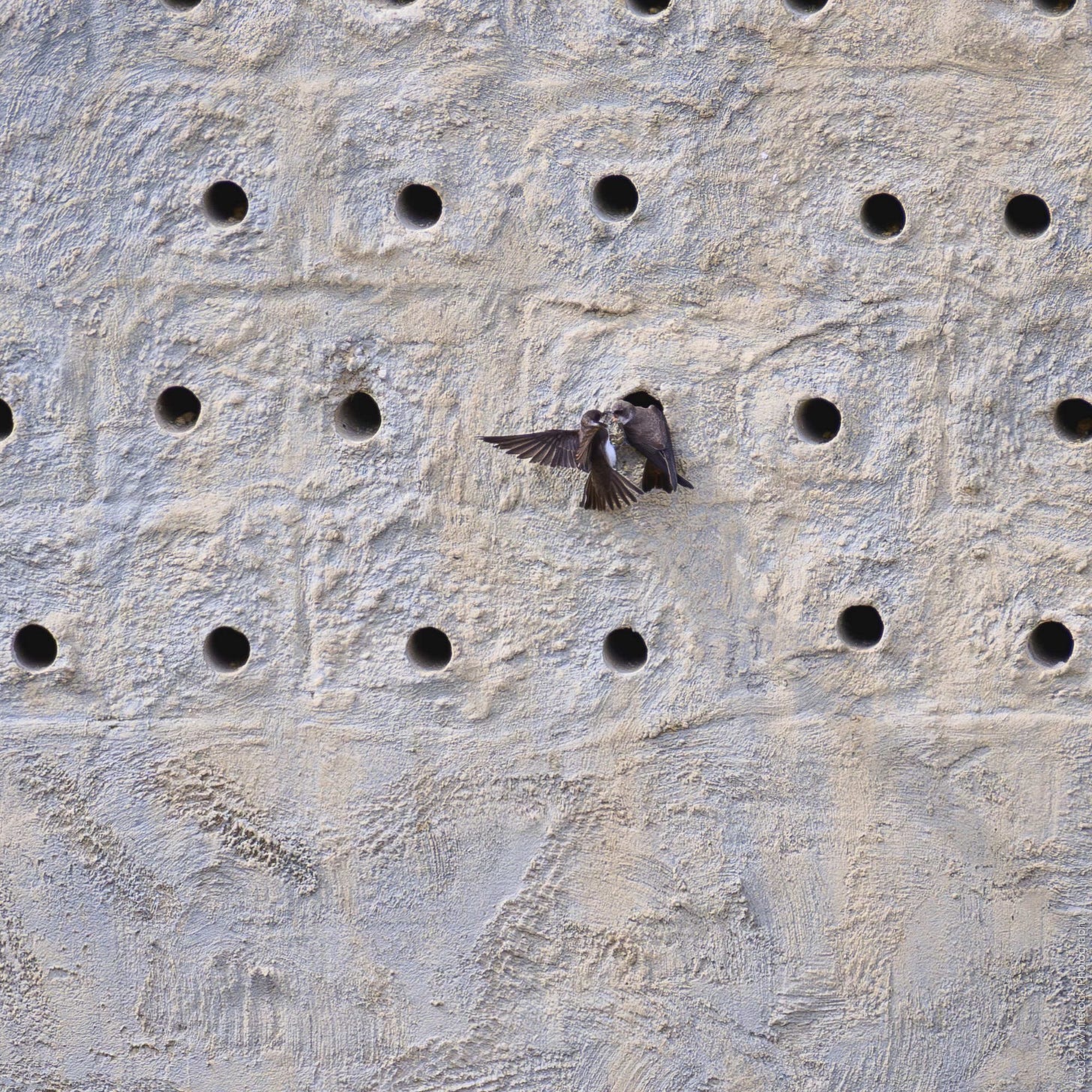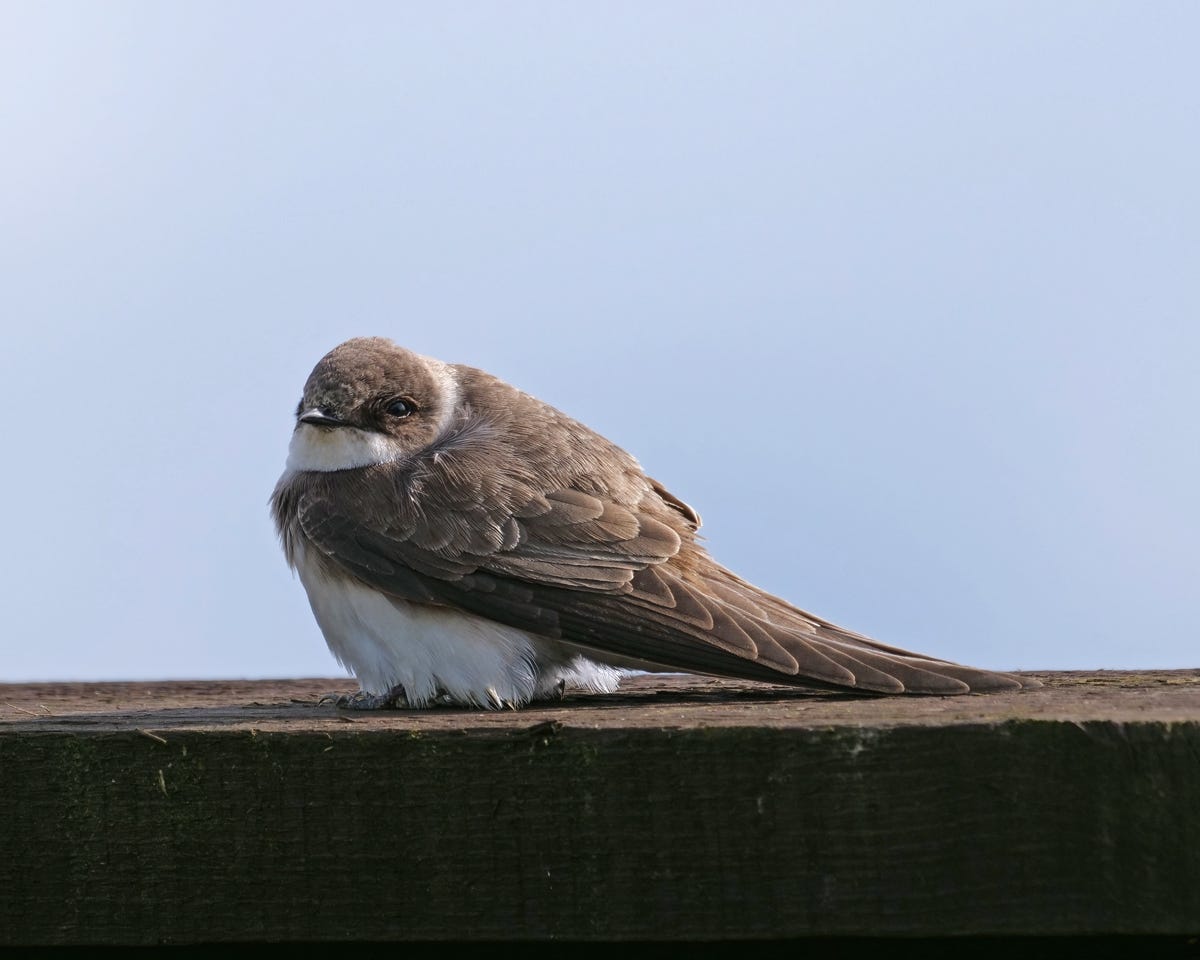Newcastle nesting project takes flight
New Tyne nest bank waits to welcome returning sand martins. Tony Henderson reports
A new artificial nesting bank is now waiting to welcome sand martins arriving on Tyneside from their African wintering grounds.
The purpose-built, 48- chamber bank at the mouth of the Ouseburn in Newcastle aims to expand a nesting colony which wowed residents and visitors last year when nine pairs of the birds surprisingly took over cervices in sandstone walls between the Free Trade Inn and Newcastle Quayside cycling hub.
Ouseburn-based Wild Intrigue launched a crowdfunding appeal to build the bank, which reached its £6,000 target in double quick time, while Northumbrian Water provided the site for the venture.
“Last year the birds delighted visitors and residents along the Quayside and Ouseburn who watched their captivating flights and family moments from the footpath,” said Wild Intrigue co-director Cain Scrimgeour.
Co-director Heather Devey said: “The level of support has been incredible and we can’t believe how quickly we reached the original target. It is people saying we want wildlife in the city and we want more of it.”
Newcastle-Gateshead already has the world’s furthest inland kittiwake nesting colony. “It all shows that although the city is built up and heavily engineered, wildlife will find a way and will thrive if we provide the opportunities,” said Heather.
The new bank has back access points so that chicks can be ringed ringed and solar powered sand martin call system to help attract the birds.
Cain said: “The Wild Ouseburn community has been gathering wildlife data throughout the Lower Ouseburn Valley to better understand and protect local wildlife, and to create new opportunities to increase biodiversity from these insights.
“The installation of the sand martin bank at the mouth of the Ouseburn is an inspiring example of this, with overwhelming local support in surveying the initial colony and funding the new nest bank.
“Northumbrian Water’s involvement has also been invaluable, granting permission to install this new sand martin bank on their land - without which, the project would not have been possible. This collaborative, community-driven action is creating meaningful, positive change for nature in the urban landscape.”

Stuart Pudney, ecological team leader at Northumbrian Water, said: “We’re proud to be part of a partnership project that supports local biodiversity and brings nature closer to the heart of the city.
“It’s great to see the sand martin bird box in place, and it’s a brilliant example of how we can work together to enhance our urban environment for both people and wildlife.
“This project is just one of many we’ll be supporting as part of our special five-year scheme to support migratory birds like swifts, swallows and martins through the provision of nesting sites.”
The Wild Ouseburn project will host a public exhibition of sand martin ecology, migration and other features of this bird species at the BottleWorks in Ouseburn from June 12-17.
Community interest company Wild Intrigue hosts events and projects to celebrate, conserve and restore local wildlife.
“We couldn’t believe it when we recorded sand martins nesting for the first time at the mouth of the Ouseburn, it would never have been predicted for them to nest there. We now have an incredible opportunity to help expand this population for the future,” said Cain.
Licensed bird ringer Andy Rickeard said: "An artificial nest site for sand martins at the mouth of the Ouseburn represents an excellent opportunity to extend and increase the colony that has established itself in the sandstone wall.
“If successfully occupied, it could be monitored in a number of different ways and ringing birds at the colony would allow them to be identified as individuals. A ringing project could establish the origins of any birds previously ringed elsewhere, as well as allowing the study of site fidelity if adult birds returned year on year.”
In related news, a Wearside nature site is pondering if there will be eggs for Easter at its new experimental nesting accommodation.
‘Wear here again’ was the message from sand martins as they returned from Africa to the WWT Washington Wetland Centre for a second nesting season at the site’s Wader Lake.
In October 2023 Washington built an artificial sand bank with nesting chambers which attracted 30 pairs - the first time the species has bred at the site in its 49-year history.
The agility and speed of the birds makes it difficult to plot an accurate number of successfully fledged young, but it is thought between 60 to 100 young birds fledged - rated an “incredible” achievement for the first year of the conservation project.
This year the birds are currently busy prospecting nesting locations.
Last year WWT Washington invited visitors to carry out surveys while visiting a hide opposite the sand martin bank.
Reserve warden Kate Ferguson said: “We weren’t sure how the birds would take to the new bank, but we were soon excited to see nesting activity around the chambers followed by lots of coming and going before finally being rewarded with the sight of tiny heads of young birds popping out.
“We had a fantastic response to the visitor survey, and we were able to find out some interesting things.”
Visitors carried out 217 citizen science surveys between April and August, totalling 1,225 observations.
The surveys involved noting sightings, the birds’ activities such as flying and hunting and nesting chambers were plotted on a visual grid.
The observations showed birds exploring many of the different chambers, as well as a peak of 35 individual sand martins being spotted at any one time.
“We try and spend as much time as possible observing on Wader Lake, but with a huge reserve to help look after it can prove difficult to find the time. Our visitors helped bridge that gap and we’re grateful to everyone who took part in our research,” said Kate.
“It really was crucial and we will be looking to carry on with our citizen science research again this year.”








